The palm tree posture, also known as Talasana, is one of the traditional yoga positions that stretch the spine laterally, or upwards. Every muscle in your body is lengthened in this position.
For every variant, the starting position will be the same:
Keep your arms at your sides and stand tall. Maintain a one-foot gap between your feet and make sure they’re parallel to the ground. Maintain the normal position of your belly button while straightening your neck, tucking in your chin, and thrusting your chest forward. Direct your gaze to a single spot directly ahead.
Talasana Variation
Talasana Variation 1
- With an inhalation, reach a vertical position by fully stretching your right arm forward. Retain the arm at a near-ear level. While resting at the side, the left arm relaxed. Maintain a relaxed, but erect, posture with both arms.
- Raise both heels at the same time to get the most out of your body stretch.
- for three seconds, synchronize the first two steps while you inhale.
- Now, while simultaneously extending your arms and body upwards, balance on the balls of your feet. Keep your gaze fixed forward and hold the pose for 6 seconds while you hold your breath (the ultimate position).
- Get back to where you were.
- 1. With an outward turn of the palm, inhale deeply, and then, with the arm straight, descend in a circling motion.
- 2. Take up the starting position by lowering the heels at the same time.
- 3. In three seconds, synchronize steps 1 and 2 while exhaling.
- Keep your body in the starting posture for two seconds while you hold your breath.
- To finish one round, switch to using your left arm and repeat the previous instructions while maintaining your right arm relaxed at your side.
Talasana Variation 2
- Just raise both hands at once, like in the previous example.
- Finish one round by following the steps outlined above.
Talasana Variation 3
- The only change from the previous version is to fully extend your arms overhead by bringing your hands together from side to side.
- As your arms extend upwards in a prayer position, bring your palms together in a tight fist.
- Go through one more round.
Talasana Variation 4
- Cross your arms over your chest while maintaining a fully extended arm length.
- Extend your arms fully overhead in a full upward stretch as you inhale.
Also Read: How do I do Bhadrasana? What are the Benefits?
Static Practice
- Complete the last step as outlined in Variation 2.
- Maintaining a straight line of sight while you balance on the balls of your feet and fully extend your arms and torso upwards.
- Keep your breath regular, steady, and rhythmic, and stay in this position.
- Just as in Variation 1, go back to the beginning.
Proposed method:
- Do one round of each variation per session, pausing in between.
- When you’re in a static position, hold it for 30 seconds. With practice, you can increase the time to 1 to 2 minutes.
- Warnings: Not recommended for patients with frozen shoulders, arthritis, high blood pressure, or significant heart problems.
Benefits of Talasana
- It helps you stand taller by allowing you to stretch your body to its maximum potential.
- Coordinating movement of muscles
- Adds to the fullness and shape of the chest.
- Strengthens the muscles that control breathing and vital signs.
- Lung elasticity, capacity, and circulation are all improved.
- Balances blood flow by improving venous flow.
- A more mobile spinal column is a result.
- tightens and tones the abdominal muscles, which are often relaxed.
- Leg muscles are strengthened and vascular function is enhanced.
- Loosening up the spinal column alleviates strain on the bones.


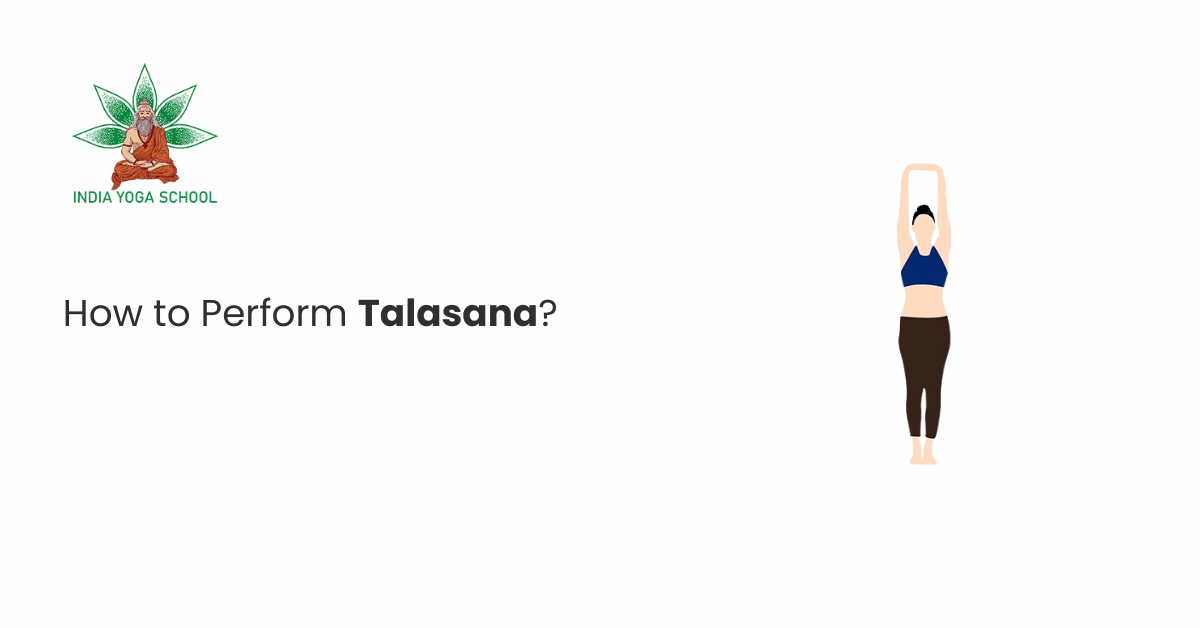
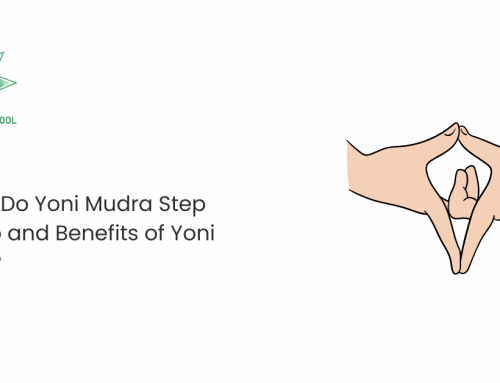
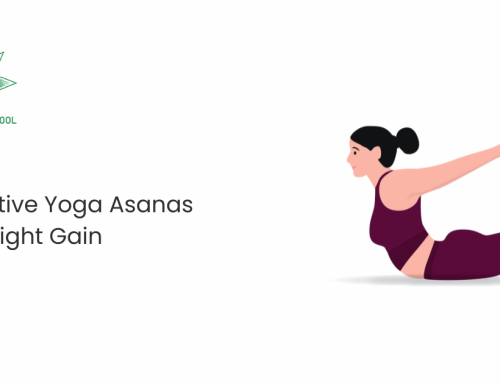
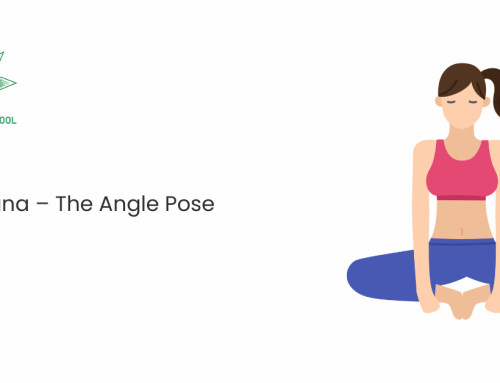
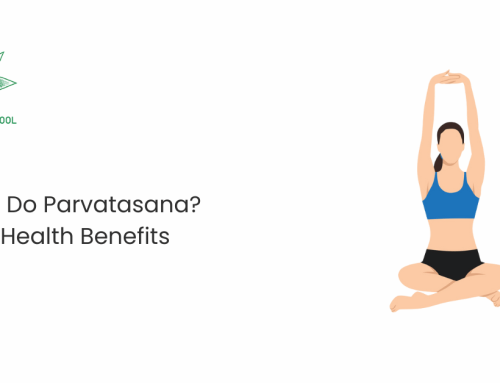
Leave A Comment